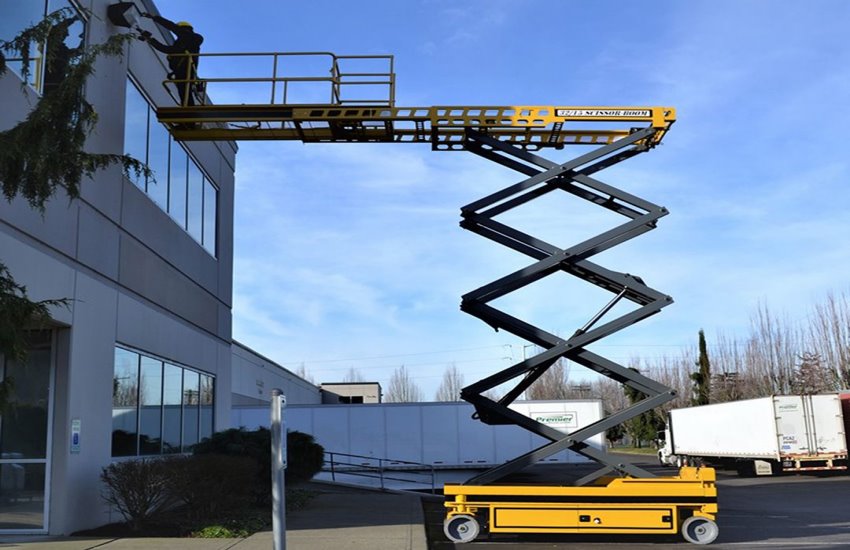The role of a high-capacity telehandler is well-known by the industry experts and its contribution to completing a project on time. It comes under the category of huge machines that everyone can notice even from a kilometer away from the job site. They are efficient and handled with extreme care. The basic assumption is that the operator inside the cab is solely responsible for any telehandler activities like the lifting of loads, workers, maintenance, operations, etc. However, the responsibility to keep everyone (pedestrian/onsite workers) safe during and after the telehandler lies with everyone who is involved in its operation.
A high-capacity telehandler is an efficient machine but when it comes to its maintenance cost, it is higher than other construction machines. There is a checklist prepared by the department in which the factors related to telehandler audit before and after use are listed for daily check and maintenance. It ensures the good health of the machine. However, prior planning is required before handling these machines on the job site, especially for those used for lifting goods and workers at a height to perform a task.
Who conducts Planning for Lifting Operations on a Job Site?
A construction worker, when lifted on height for work, is backed with several technical aspects. It is the “competent person” who plans every move behind lifting operations. Whether a high capacity telehandler or a scissor lift, here are some of the planning steps undertaken before any lifting operation is conducted by the competent person or appointed person who has deep knowledge and expertise in handling machines with lifting capacities. Their tasks include:
Identifying and analysing the ariel task to be Undertaken:
It is the prime duty of the competent person or the authorized person to identify and analyse the complete ariel task before actual practice. Each task is assessed from every perspective and angles keeping in mind the safety of the workers, employees, and pedestrians.
Carrying out a Risk Assessment:
We know what importance does risk management has on a job site. There are risks involved in every step and a competent person has to identify the risk, draft a detailed plan on how to manage it, and plan for the steps to nullify the risk for a safe working environment.
Identifying control measures:
Risks can be controlled. Every risk comes with security planning. The competent person is responsible to identify and implement control measures. It means implementing every security measure to avoid any risk for life.
Developing the method to be used:
Since there are several technicalities involved in the preparation of risk management and control process, the competent person has to develop the method and strategy to implement those measures. It is the authority of the competent person to draft a method statement and list out every factor in detail about risk assessment and methods to avoid them.
Communicating the plan to all persons involved:
Drafting and preparation of the method statement is not the final task. It has to be communicated to all the members involved in the work at height project. Every member should be aware of the rules, regulations, and steps to be taken while implementing the plan of action. Also, reviewing the plan is important in all aspects before implementing the planning method statement.
Dieci Ontario is one of the leading companies providing construction equipment. If you need high capacity telehandler or any other efficient equipment, then, call us at 1-833-743-2500 or write to us at info@dieciontario.ca. Our representatives will connect with you to know and process your requirement.

